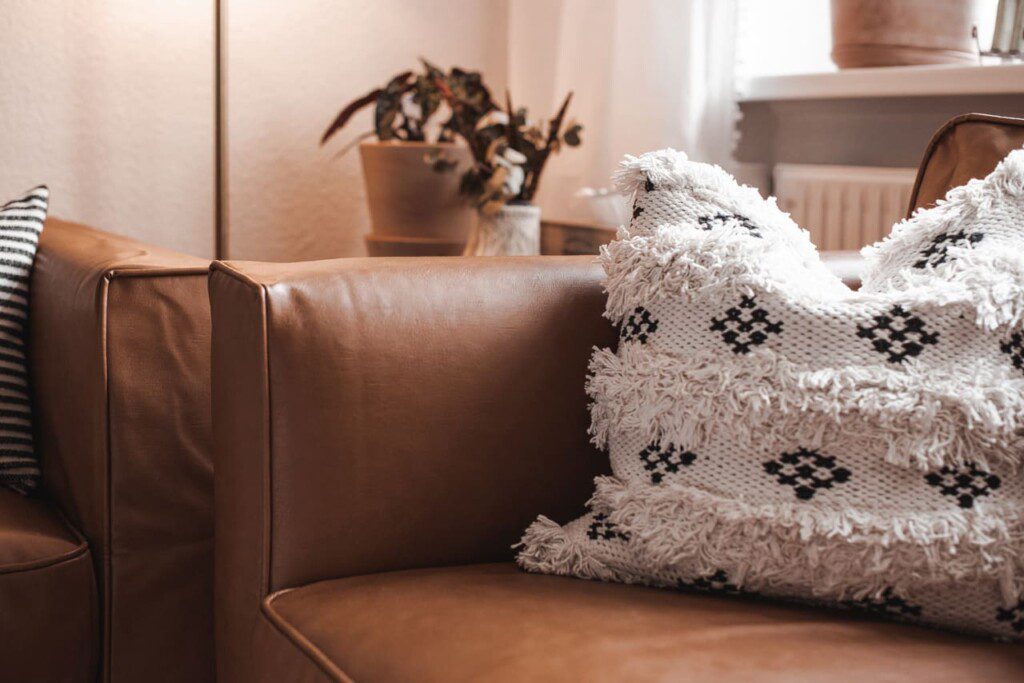
Classy, luxe, and completely functional, there’s a lot to love when it comes to the leather sofa. There’s also a lot to know when it comes to cleaning leather sofas.
If you’re the proud owner of a leather sofa, chances are you chose it partly because of how easy it is to maintain. Liquids don’t seep into the cushions and fur doesn’t cling to it like a bee to honey.
That’s true and all, but what do you do when it’s finally time to clean the leather sofa? The guests have had one too many drinks and have done the unthinkable to your precious sofa.
Now you’re worried. It’s a whole lot more painful to see such an expensive piece of furniture stained like that, especially after all those years of treating it like a delicate child.
To make things worse, searching for a solution online just unearths a trove of conflicting information and “remedies”.
Some of these quick fixes even end up doing more harm than good!
But enough with the panic talk, we’ve got you covered. Here’s the best and safest way to clean that leather sofa once and for all. And by the way, this works for faux leather as well.
Here’s what you’ll need in your epic quest to save that leather sofa:
- Vacuum (optional)
- A few microfiber or cotton cleaning cloths which colors don’t run
- Reverse osmosis bottled water from any supermarket (or distill some yourself)
- Leather cleaner and conditioner (Leather Master, Lexol, Bick 4 is recommended. Read on to find out which to use)
Got everything? Let’s get down to business.
TABLE OF CONTENTS
Step 1: Follow the manufacturers recommendation if they have it
Step 2: Figure out what leather you’re working with
Step 3: Vacuum the sofa gently and wipe with a damp cloth
Step 4: Still dirty? Pick up some cleaner specifically designed for leather
Step 5: Give your leather the deep clean
What to do if your leather sofa is beyond saving?
Check out some of the easy leather-cleaning methods in this video:
Step 1: Follow the manufacturers’ recommendation if they have it
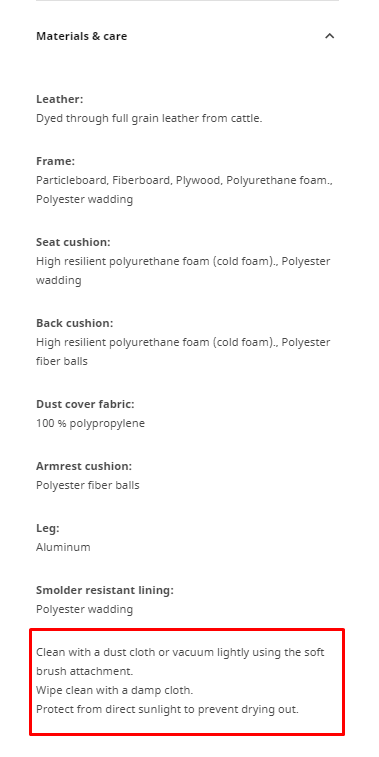
The first step that nobody should overlook when cleaning their leather sofa is boring but oh so important. Follow the manufacturer’s cleaning recommendation if it was given.
They know best when it comes to cleaning your leather sofa.
This is especially true with leather sofas since different leathers have different finishings. The one set of cleaning instructions that nicely polished up your neighbors’ leather sofa may spell disaster for yours.
Because of this, avoid any homespun cleaning concoctions you may stumble across unless you know exactly what you’re dealing with. These remedies are almost always made with top-coated leather in mind and even then they can damage that protective coating.
This means keeping your paws away from the:
- Vinegar
- Baby Wipes
- Detergent
- Magic erasers
- Saddle soap
- Other random “diy remedies”
Avoid these things unless you want to risk a heartbreak over the ruin of your expensive leather sofa.
If you haven’t received specific cleaning advice for your sofa, then grab those cleaning supplies and prepare for some legwork! It’s time to DIY deep clean that leather on your sofa, in the safest and easiest method possible.
Step 2: Figure out what leather you’re working with
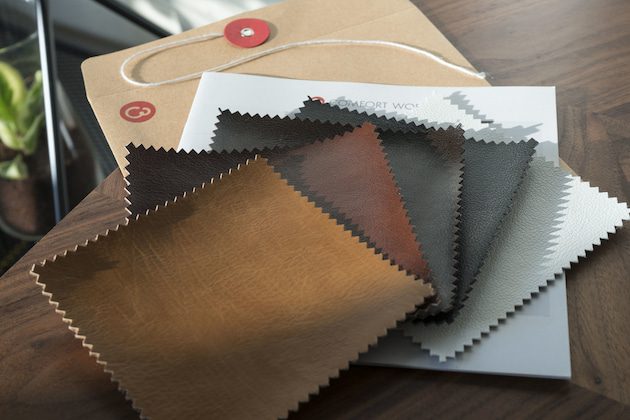
If you don’t know the recommended way to clean your leather sofa, it would be best to know what kind of leather you’re dealing with. The quality and finishing of your leather will determine how much of the rough stuff you can give it.
Here’s a general overview for what to expect.
- Full grain/top grain leather – Thick, quality leather that’s hardy. You don’t have to be overly delicate with it since it’s highly unlikely to split or peel when brushed or rubbed roughly.
- Suede and Nubuck Leather – Sofas are rarely made from suede or nubuck leather because they are difficult to clean. It’s still durable, quality leather but make sure to only use specific cleaners when it comes to these.
- Bonded/Split/Genuine leather – These types of leather are pretty much leather scraps that have been glued together. Be extra careful when cleaning these as they are naturally prone to crumbling and flaking. You don’t want to quicken that process so be mindful of how much cleaning product you use and how rough you brush it.
- Faux Leather – Even though faux leather isn’t real leather, it is surprisingly resilient and can be cleaned the same way as leather. Quality faux leather is also durable and doesn’t disintegrate as easily as bonded leather.
- Semi aniline coating – Semi-aniline leathers have a protective coat over the leather. This makes it more stain-resistant and hard wearing compared to it’s full-aniline (uncoated) counterpart. Many DIY remedies have this leather in mind which makes it too harsh for unprotected leather.
- Aniline leather – Full-aniline leather is left without a protective coat to allow it to readily develop a beautiful patina. On the other hand, this leather is delicate and stains readily so it must be cleaned carefully with specific products.
Got all that? Great.
While this information isn’t mandatory to know when it comes to cleaning your leather sofa, you should keep it in mind to understand how delicate you should be when handling your leather.
So take your search online and look for your sofa details. Once you’re done, it’s time to clean that leather sofa.
Step 3: Vacuum the sofa gently and wipe with a damp cloth
It’s time to begin the clean.
Start by removing the cushions on your sofa where possible and give them and what was underneath them a gentle vacuum.
You’ll want to get as much of the dirt and dust out before you start wiping it down with water because who likes wet, sticky dust? Also, remember to be extra tender when handling bonded leather sofas.
Once that’s done, wet a soft microfiber/cotton cloth until damp and give your sofa a thorough wipe down. Make sure the colors on the cloth doesn’t bleed; remember we’re trying to clean that sofa over here.
If you want to be extra fancy, you can even use distilled water (or reverse osmosis bottled water from the store) when you’re wiping down. On a serious note, this is advised because chemicals and minerals in water like chlorine can damage poor quality leather.
You see, leather doesn’t actually hate water that much – it hates the chemicals and minerals inside it. If you’ve ever so much as worn a nice pair of leather boots through snow that has been salted, you may unfortunately know the damage that can be caused.
That’s another reason why it’s safer to wipe away any excess water from your leather sofa instead of letting it seep in. Who knows what was in that water?
Step 4: Still dirty? Pick up some cleaner specifically designed for leather
Note: The leather cleaners and conditioners specified in this section are not for nubuck or suede leather sofas which are uncommon. Those require specific cleaners for suede or nubuck.
Aaaand you’re done! Leather sofas are so easy to maintain that a wipe-down is all it takes to loosen and soak up the grime.
Most of the time that is.
So if your sofa is looking clean and lively, you can stop right now. But for those households with particularly nasty leather sofas of the visibility stained and dated kind, you’ll need to bring out something heavier duty than water.
What are the big guns you’ll be using on your leather sofa? Two words: “leather cleaner”. It’s made to clean leather after all so it’s a mystery where and why all these other inventive DIY leather cleaning methods are coming from…
Anyway, you’ll want to pick up a leather cleaner and conditioner. You can find these easily in the general good stores or on Amazon.
Which leather cleaner? Well, a good starting point would be to use the Leather Master cleaner and conditioner. Not only is Leather Master one of the gentlest cleaners out there, but it’s also suitable for aniline and top-coated leathers alike.
It’s the safest choice and will get the job done unless you have some sticky, ancient stains that have by now become part of the sofa. In these cases, you might need something stronger, like Lexol or Bick 4.
Step 5: Give your leather the deep clean
With leather cleaner in your hands, it’s time to go to town on your sofa. Give it the ol’ razzle dazzle!
Bonus if you’re doing your cleaning on a warm day as well. Leather is porous and gentle heat will open it up to make the leather cleaner work all the better.
The process to clean your leather sofa is easy as can be: Just put leather cleaner on microfiber/cotton cloth and agitate it into the leather in a circular motion. Nothing too forceful needed.
You can use a soft bristled brush as well if you have one.
Before you get to work however, test the cleaner on an inconspicuous part of your sofa first and wait for a couple of hours to dry. This is important because the dye on your leather can run if it’s poor quality.
This can also happen if the coating on top-coated leather has already previously been damaged.
While it isn’t the end of the world since you can re-apply that pigment, who wants the extra work? If the pigment runs, you’ll need to be prepared to re-apply the pigment or find another safe way to clean the sofa.
Or you know… simply live with the dirty sofa forever.
Unless you’re super unlucky however, none of this will be a problem. The cleaners recommended in the previous section are gentle, all-purpose leather cleaners after all.
Once you confirm that the leather cleaner is safe to use, then apply it everywhere on your sofa that needs cleaning.
If the sofa is feeling tacky when you’re done, wipe it off with a cloth to reduce the curing time and let it set for a couple of hours.
Step 6: Condition your sofa
At last, you are one step away from unveiling your snazzy, revitalised sofa. All that’s left to do is to condition the leather, which simply means to give it nourishment.
Now I’m not crazy, and supplying nutrients to literal dead skin isn’t my idea of talking sense, but in this case, that’s exactly what’s up.
You see, leather cleaner pulls out dirt and grime from the leather but in the process also removes natural oils needed to keep the leather supple and healthy (as healthy as can be for something dead).
If too much of the oils get stripped away, your leather sofa will become more prone to drying out and cracking. Think of it like how conditioner keeps your hair looking fresh – it’s that important.
To condition your sofa, do pretty much the same thing as you did with the leather cleaner. Grab the conditioner from the cleaning set and buff it gently into the sofa.
Just like before, wipe it down when you’re done to soak up the excess and finish off. It goes without saying you should wait for a few hours for it to dry out and you’re ready to enjoy your fresh leather sofa!
What to do if your leather sofa is beyond saving?
Sometimes it happens. You’ve tried everything in the book from stronger products to calling in a professional, but nothing has revived your leather sofa from it’s sorry state.
Well don’t break up with it just yet! It might look frumpy but it’s still perfectly functional. Instead, consider using a custom sofa cover to bring it back to life.
Bespoke sofa covers are something we sew right here at Comfort Works. Think of them as the secret to sofa immortality – a fountain of youth of sorts.
Slip one on a sofa where the frame and cushions are holding up and you’ve got a brand “new” living room centrepiece. Granted that so-called new sofa won’t be leather (though we do make covers in faux leather), but it will look pretty darn good… like an entirely different stand-alone fabric sofa.
These are tailor made to fit your sofa after all.
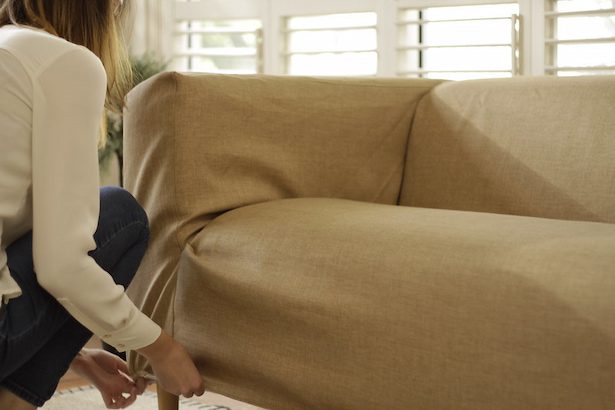
The best part is that they are machine-washable… except for the faux leather ones, and a breeze to slip on, making them just as easy or even easier to maintain as a leather sofa (take that leather sofas!).
And if you have a specific sofa design you want to bring to life, we’ve got you covered on that too. We’re talking over 200 fabric, color and styling combinations to absolutely transform your sofa into a personalised, one of a kind item!
There’s even a fabric stand up to cats and animals for all of you who dreamt of having fur babies but didn’t want to send your luxury furniture to a quick death. All while being swanky enough to belong in an Instagrammer’s home as well:

So if you’ve got a leather sofa that’s on its way to the afterlife and nothing else works seems to be working, consider using a slipcover to give it a second round of faithful service.
Or just use the covers for a temporary makeover of your sofa… cause people do that as well.
Anyway, hope you’ve learned everything you need to know on how to safely get your leather sofa sparkly clean and looking lively in this post!
Happy cleaning :)
Got scratches on your leather sofa? Check out how to lighten leather scratches in this post.
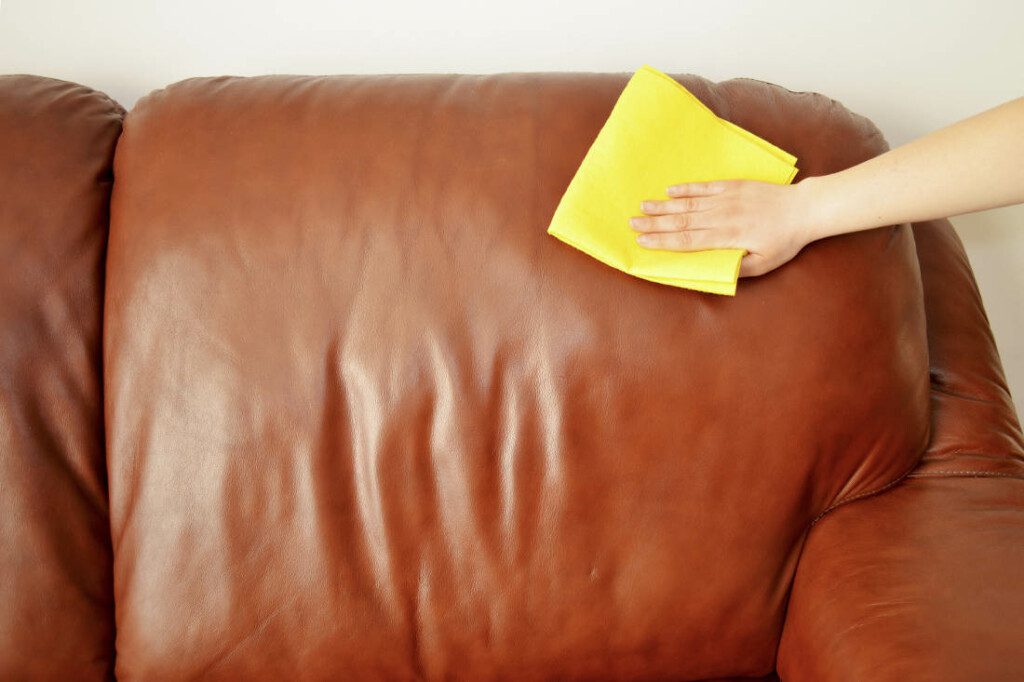
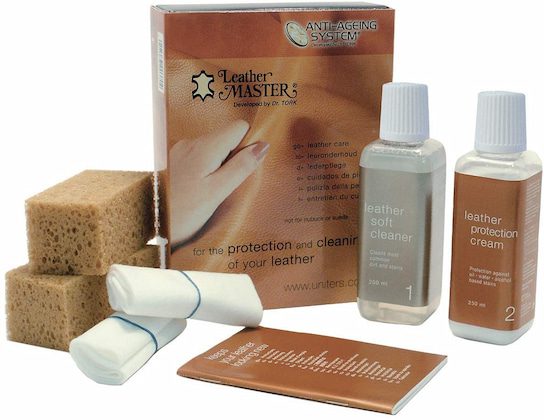
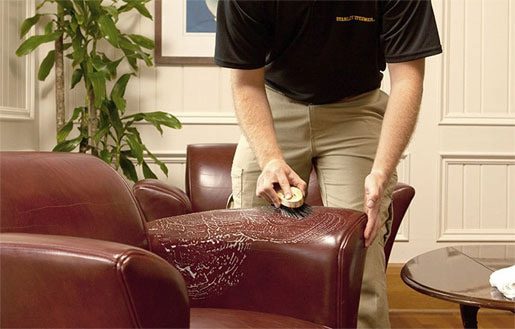
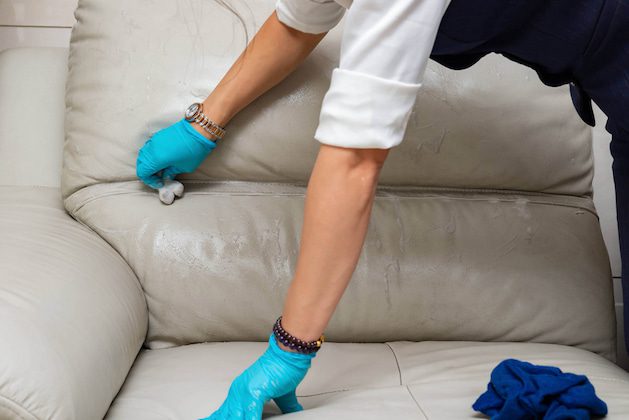











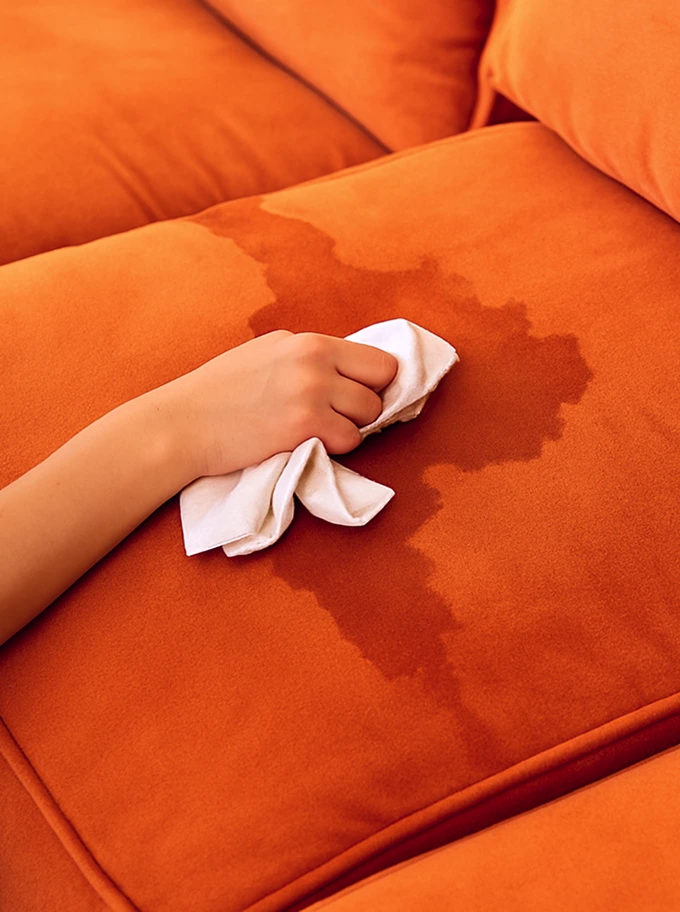
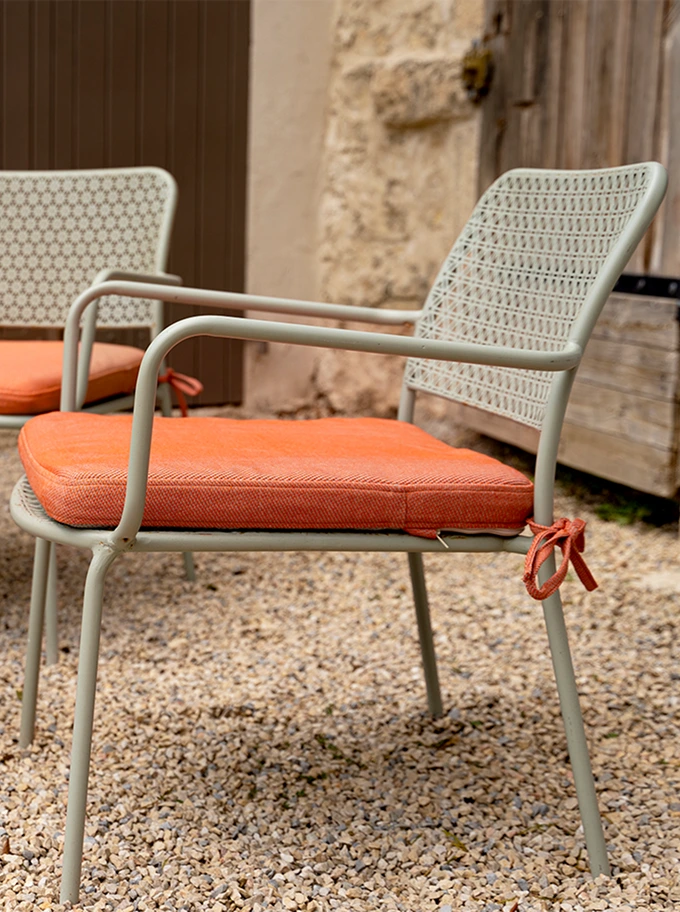
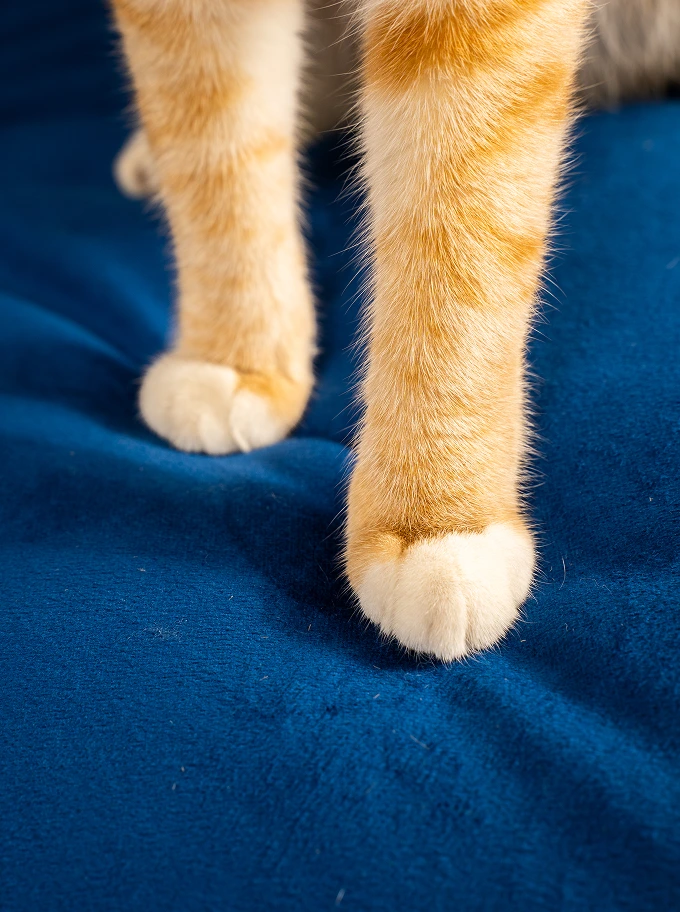
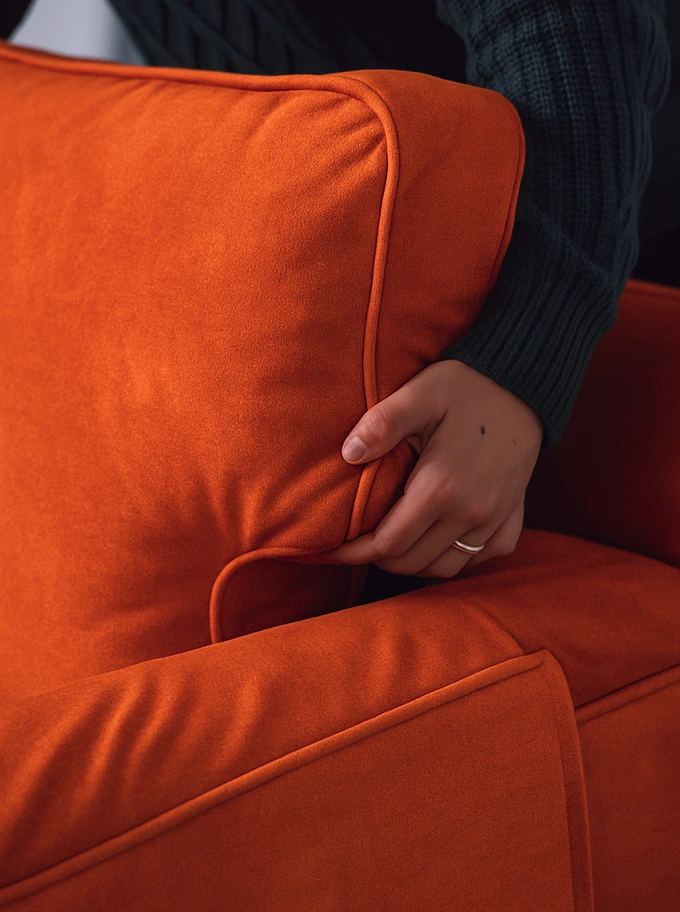
Ryle
Apr 20, 2021Amazing article with good information and I would really like to thank for your article it’s really helpful.
Naomi
Apr 22, 2021Glad we could help, Ryle :)
Ava | HIREtrades
Nov 11, 2020Perfect timing! This is what I actually needed. Cleaning a sofa is much better now with these step by step guide.
Will surely follow these steps. Thank you very much!
Naomi
Nov 16, 2020We’re happy to know that, Ava! Glad you found this helpful in some way :)